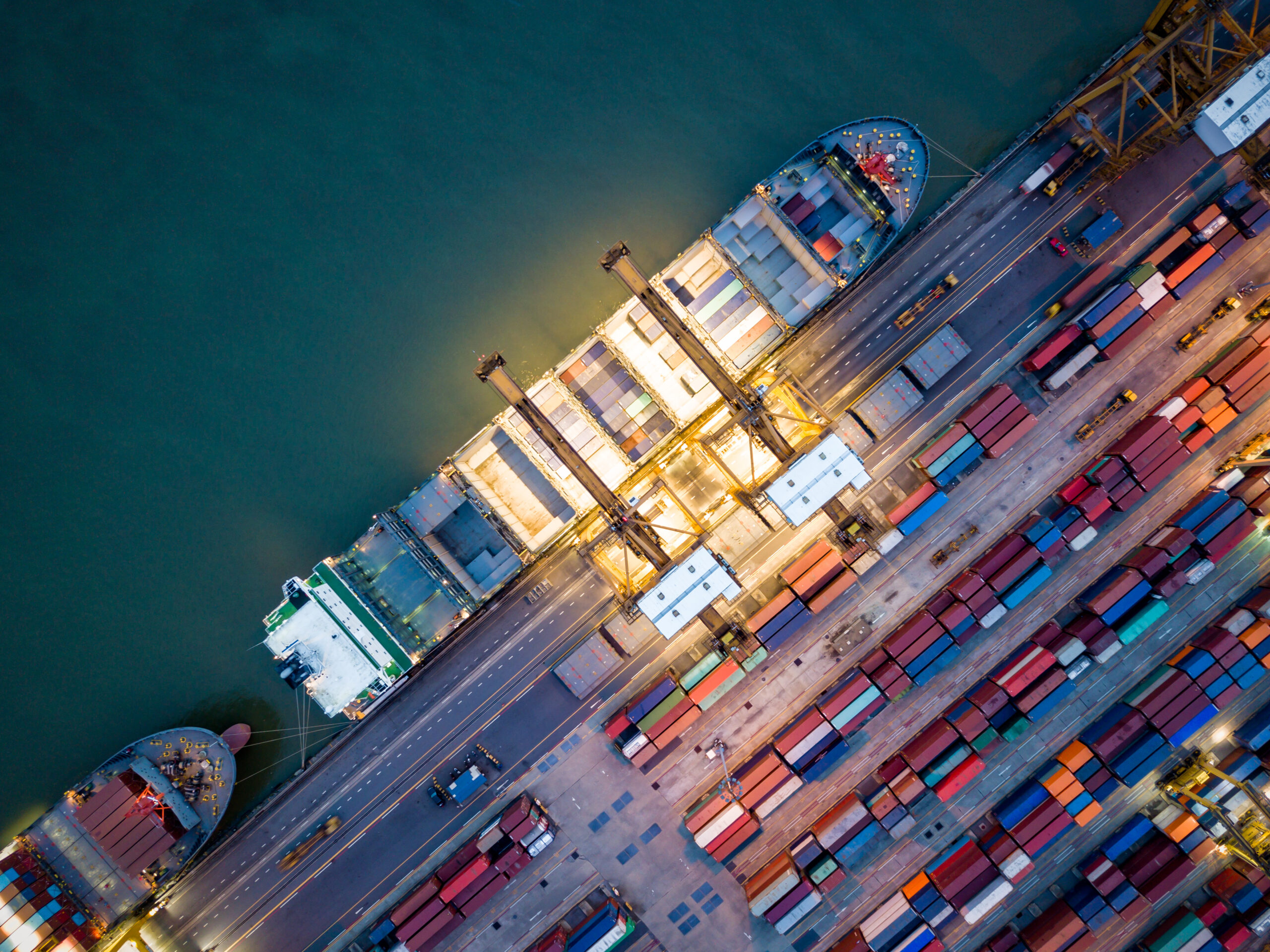The COVID-19 pandemic has impacted all aspects of the value chain, from raw material procurement to end customers, leading to testing of the operational, financial, commercial, and organizational resilience of many global companies. It has also revealed vulnerabilities and resilience gaps, prompting CEOs to prioritize disruption detection and innovation processes, with 67% planning to increase investment in these areas. As the pandemic continues to impact supply chains, businesses need to focus on building resilience and agility, and leading organizations are rapidly deploying strategies to mitigate major disruptions.
LOGISTICS DISRUPTION
The ongoing COVID-19 pandemic continues to cause major disruptions to global logistics, restricting the flow of goods into key markets and causing goods to pile up in storage. Reports suggest that the 2021 festive seasons will likely be severely impacted, and disruptions may continue well into 2022 and beyond. Companies should look to build resilience and boost domestic capabilities to become less reliant on global supply chains, redesign alternative supply chain flows, enhance last-mile deliveries, and inventory storage capabilities closer to customers. Consumers should expect higher prices and longer waits for retail shelves to be replenished.
PRODUCTION DELAYS
The COVID-19 pandemic has resulted in production delays and supply chain disruptions, causing empty shelves and long purchase lead times. However, the crisis has prompted industry to evaluate and invest in their supply chain strategies, focusing on risk management and resilience. Manufacturers are moving away from buffering inconsistent supply with excessive inventory and instead re-engineering products’ specifications to create more efficient and cost-effective supply chains. This will position organizations as leaders in the post-pandemic normal.
OVER RELIANCE ON A LIMITED NUMBER OF THIRD PARTIES
Businesses are recognizing the risk associated with relying on one major trading partner and are seeking to equip their supply chains by identifying alternative partnerships. They are actively seeking a broader list of suppliers, alternative markets/customers and alternative transport and logistics providers. By working with providers who provide new capabilities as a service, such as new technologies and additional logistics requirements, businesses can build greater agility and resilience into their supply chains with greater potential for risk and cost mitigation in the future.
DOUBLING DOWN ON THE TECHNOLOGY INVESTMENT
Businesses made initial investments in automating key nodes in the supply chain in the last 18 months, and in 2022, investment is expected to accelerate with the adoption of advanced digital enablers, such as cognitive planning and AI-driven predictive analytics, as well as the use of advanced track and trace and blockchain technologies to increase supply chain visibility. Supply chain managers are currently struggling with a lack of visibility in their extended supply chains, and advanced technologies can help organizations become more responsive to disruptions and variability.
COMMODITY PRICING
Supply chain and procurement professionals are expected to have a deeper understanding of commodities to leverage necessary levers and understand the right price of purchase. Spend transparency remains poor with a lack of detailed break up of prices for materials, wastage, conversion, labor, and premium added. Digital transformation and technology can help with seamless information flow and insights for faster decision-making. Organizations are using spend analytics tools and software packages to increase visibility and consolidate spend for improved buying leverage and negotiating power. Spend consolidation can lead to vendor consolidation and ESG segmentation, reducing variation in quality and pricing across geographies.
WORKFORCE & LABOR
The COVID-19 pandemic has caused labor market shortages for both white and blue-collar workers in terms of skills and numbers. Organizations need to mitigate these staffing-related issues by looking into non-COVID-19-related factors. The supply chain industry has evolved due to technology, leading to more complex operations that require a blend of physical and technological skills. Organizations should also consider the changing demographics and recruit and engage Gen Z to keep the younger workforce inspired with a purpose.
WHAT WILL HAPPEN IN THE FUTURE?
Many companies have been distracted from their transformation goals due to various supply chain issues such as driver shortages, logistics capacity problems, and labor shortages, among others. Boards have had to balance crisis response with strategic thinking to ensure success beyond the pandemic. Despite this distraction, it is important to maintain focus on transformation goals to ensure flexibility and resilience. To do so, management should adopt a scalable crisis management process, maintain leadership capability, and document experiences to balance short and long-term priorities.
There are several considerations to assist companies in facing these challenges.
- It is crucial for organizations to have agile and robust operations that can quickly adjust to shifts in trade patterns, regulatory changes, and other geopolitical factors, as well as the impact of COVID-19 and climate change.
- Technology should be utilized effectively to reduce operational costs, improve visibility, and provide a range of options for meeting customer needs.
- The ability to adapt to digital operations and leverage data for actionable insights is essential.
- Fleet management and supply chain networks should be responsive to meet evolving customer demands.
- Collaboration with suppliers and ongoing risk monitoring are essential to mitigate risks and ensure a secure and resilient supply chain.
To overcome rigidity in the supply chain, companies can establish a network of trusted vendors, including customers, supply chain partners, and suppliers. This approach can help manage disruptions and support business continuity. By enabling cross-functional integration and collaboration with their ecosystem of vendors, organizations can better anticipate, react to, and plan for unexpected events, cultivating a more resilient supply chain.
Our professionals collaborate with clients to create comprehensive supply chain strategies, including gap analysis and implementation of proven approaches through the integration of target operating models. Strategic elements may include the evaluation and recommendation of alternate sourcing markets, inventory reduction strategies, improvements in service level uptime, and the adoption of supply redundancy and incentive-based supplier performance criteria.




